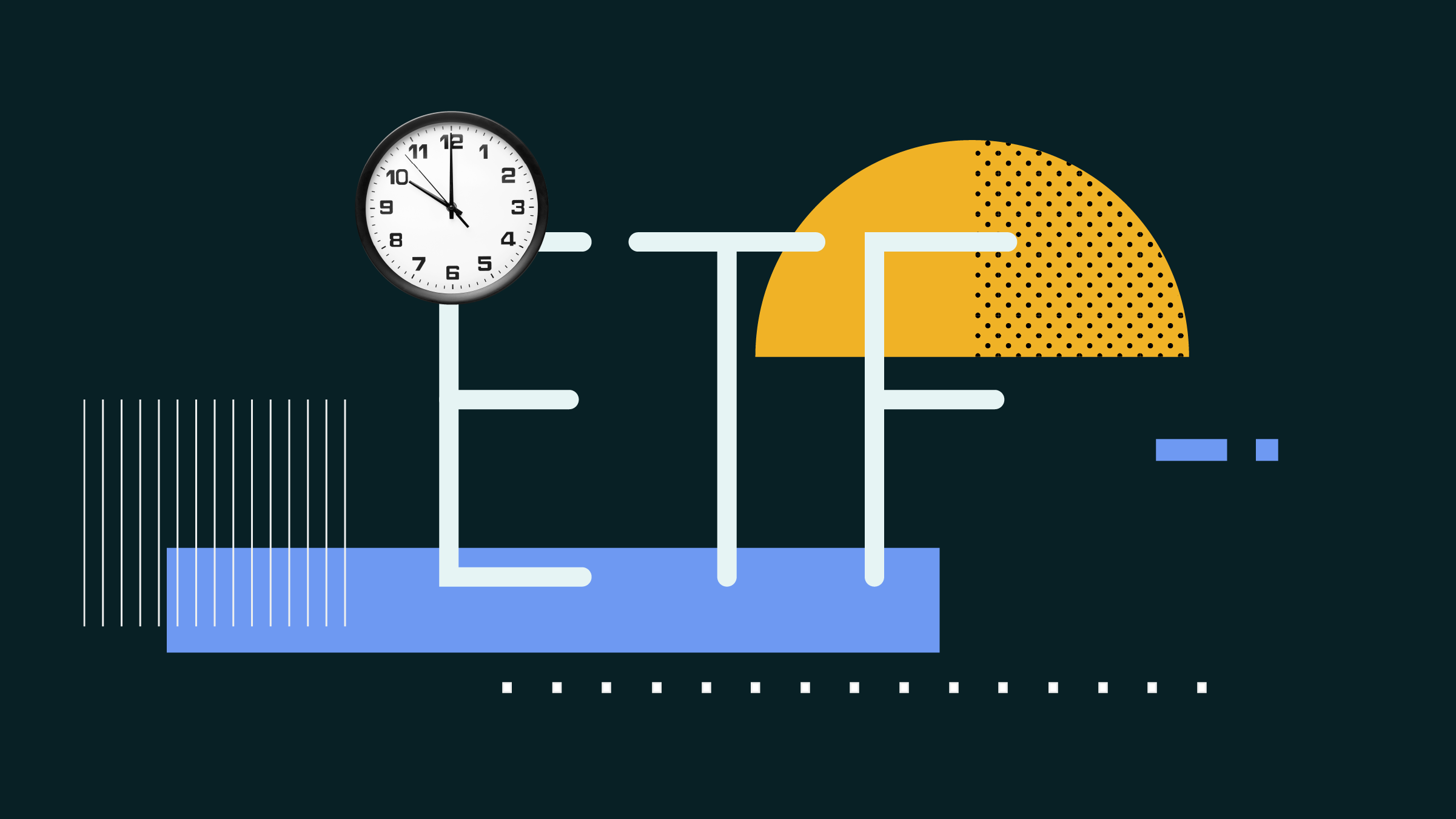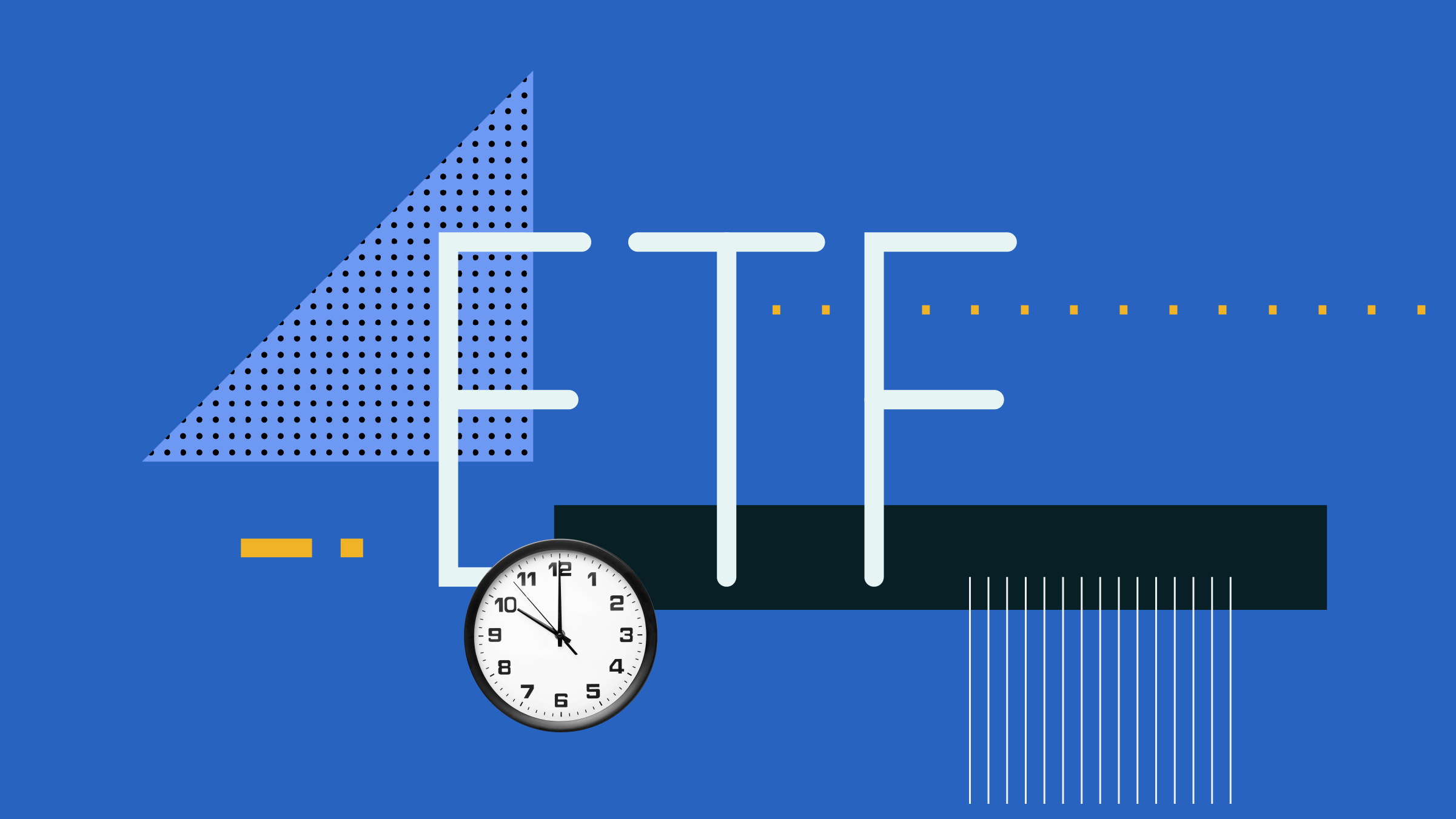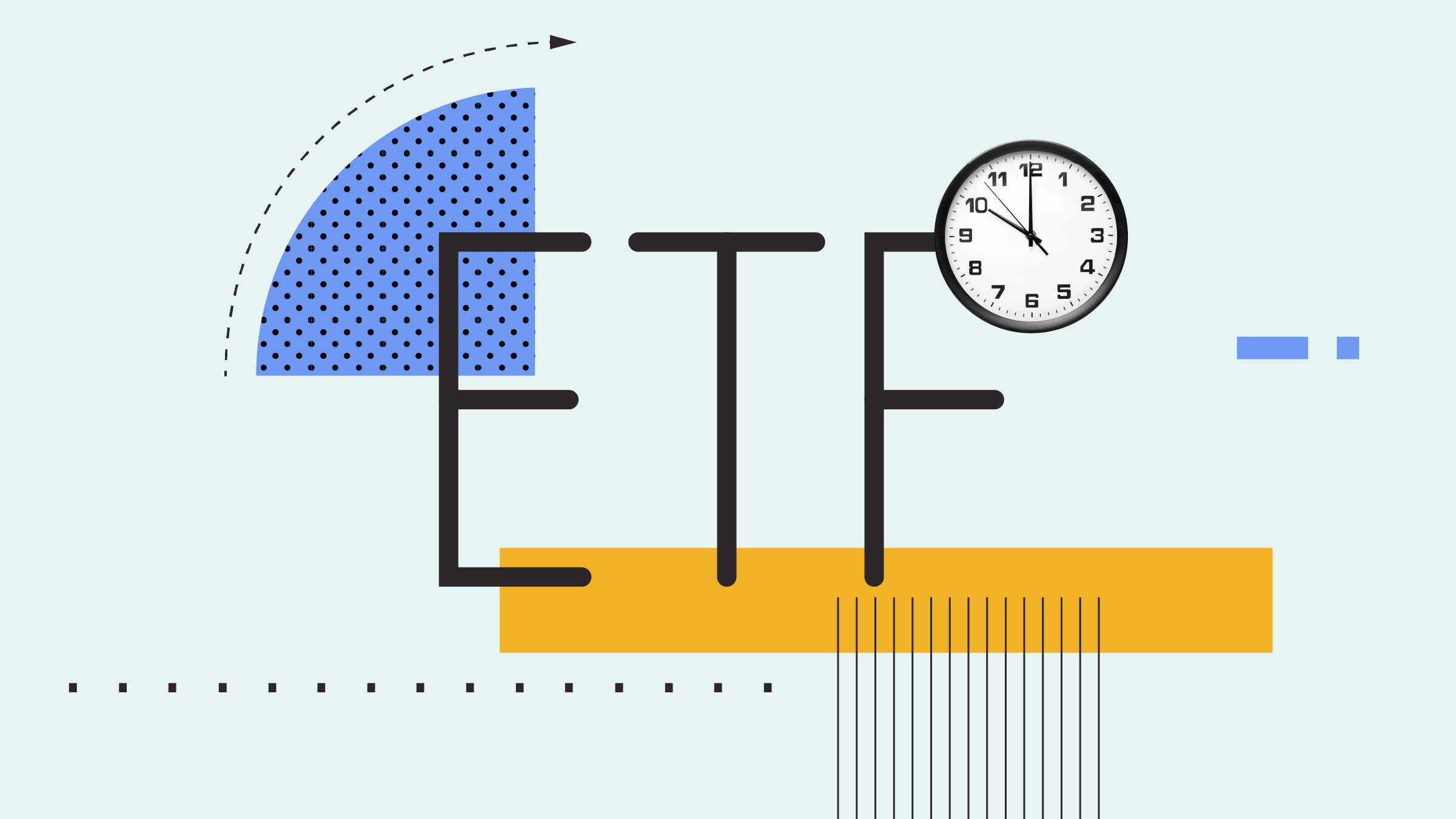Bonds may have a reputation as a "safe" asset class, but investing in them directly is a daunting task. The array of choices can be bewildering: government or corporate; short-, medium- or long-term; high-yield or investment-grade, and so on. Rising interest rates can hammer the value of long-term bonds. Even worse, you could lose most or all of your investment if a high-risk issuer defaults.
Buying a bond mutual fund or an exchange-traded fund is a popular way to invest in bonds. However, investors must pay ongoing management fees and expenses, which in most cases are a significant drain on returns. This is especially true when bond yields are low, as is now the case.
Buying an individual bond entails a one-time purchase commission and no ongoing fees. The interest payments, and the maturity date when the principal is returned, are known. By comparison, fund distributions can vary and most funds have no maturity date.
Owning bonds directly has advantages compared to bond funds, and is available to the clients of most Canadian discount brokers. However, investing in bonds directly is not the right strategy for everyone. There are several factors to consider:
Do you have the interest? Without a genuine interest in personal finance, you are unlikely to dedicate the time and effort required and should just take a pass on direct bond investing.
Do you have the time? Direct bond investing requires a significant time commitment up front to master the fundamentals. Research is essential before making each purchase decision. The actual order process takes little time. Once established, a bond portfolio requires minimal monitoring if bonds are held to maturity, a strategy that suits the average retail investor.
Do you have the money? Bonds are normally purchased in $1,000 increments with a minimum order size in the $5,000 range. Orders as low as $1,000 may be available, but the lower yield and the minimum commission make such small purchases unattractive. To adhere to good risk-management practice, an investor should own several bonds with laddered maturity dates. Given these requirements, direct bond investors should have at least $25,000 available to allocate to bonds.
If you decide to invest in bonds directly, learning the basics of the bond market before submitting your first order is crucial. The Investor Education Fund, always a reliable source of impartial investing information, is a good place to start.
Your discount broker may have relevant educational resources online. Dedicated students can plow through Hank Cunningham's 224-page tome, In Your Best Interest: The Ultimate Guide to the Canadian Bond Market.
After mastering bond fundamentals, the next step is to develop a bond investment plan that fits your personal goals. A risk-averse investor might decide on a ladder of government bonds maturing at regular intervals over 10 or 20 years. Those seeking higher returns and willing to assume more risk would include some corporate and high-yield (i.e. below investment-grade) bonds in the mix.
A fixed-income screener, a standard tool offered by online brokers, is a handy way to find individual bonds to implement your plan. Fill in the search criteria (e.g. type of issuer, maturity date, amount to invest) and click the Enter key to generate a quote list for relevant bonds.
The level of detail provided in a bond quote varies by broker. At the very least, the information should include the bond issuer, maturity date, coupon (interest rate), coupon-payment frequency, current price to buy based on $100 of par value, current yield and the credit quality.
The number, type and price of bonds returned by a screen are all broker dependent. Traditionally, brokers have shown clients just the bonds in their own inventory. This is still the modus operandi of most discount brokers. However, change is at hand.
Customer demand for more open competitive pricing and the regulatory push for better disclosure is moving the Canadian bond business toward a stock-exchange-style marketplace. Only this type of market structure can provide truly visible bond pricing and best order execution, according to Geoff Eby, president of Perimeter Markets Inc., the owner of the only fixed-income marketplace in Canada, CBID.
Scotia iTRADE, HSBC InvestDirect, Qtrade Investor and Virtual Brokers subscribe to CBID, giving their clients direct access to the best bid and offer prices for some 3,500 Canadian bonds from the inventories of four (soon to be six) investment dealers.
If your broker is not part of the CBID marketplace, you can sample what is on offer at www.Canadianfixedincome.ca,which shows the daily closing prices for 800 bonds from their inventory. View-only access to the complete CBID inventory and real-time pricing is available to retail investors for $19.99 per month.
Commissions are another facet of bond trading that varies by broker. A comparison of the cost of purchasing the same two bonds -- one government, one corporate -- at four different discount brokers (BMO InvestorLine, Qtrade Investor, RBC Direct Investing, TD Direct Investing) found the best deals at QTrade Investor due to competitive bond prices and the lowest commissions.
Finding a bond you want takes some effort; the actual buying process is relatively easy. Click the buy button on the bond-quote webpage, fill in the purchase details on the pop-up screen, and press the finish button to submit your order.
The order confirmation from your broker will show details of your purchase, including the bond description, amount purchased, the commission and the total cost of the trade, which may include the interest accrued since the last coupon payment date. It will also show the settlement date when the cash and bonds change hands: two days after the transaction date for short-term bonds or three days for longer term bonds.
Maintaining a bond portfolio is not difficult if you hold bonds to maturity, the route most retail investors should take. When a bond matures, buy a new bond with the characteristics needed to keep your investment plan on track.
Please click here for more of Morningstar's Fixed Income Week.




















